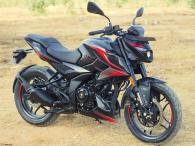News
A tribute to the Maruti Esteem: An icon of Indian automotive history
After launch, the Esteem quickly became the preferred set of wheels for senior management in the corporate world. It was loved for its calm interiors and smooth engine but above all, the Maruti badge.
BHPian Shreyfiesta recently shared this with other enthusiasts.
Introduction:
The Maruti Esteem used to be one of the most familiar faces on Indian roads, its lineage went back to the Maruti 1000 which was launched in 1990. In 1994, Maruti plonked the fabulous 1298cc all-aluminium engine into the 1000's body, added a few cosmetic changes and the Esteem was born. Available with manual and automatic transmission options, the Esteem quickly became the preferred set of wheels for senior management in the corporate world. Everyone loved the Esteem at one point of time, and still do, for its calm interiors and smooth engine but above all they loved the Maruti badge - a badge that over the years has come to stand for quality, reliability and aspiration. The Esteem was battling the likes of the Hyundai Accent, Ford Ikon and Opel Corsa in the early-2000s.
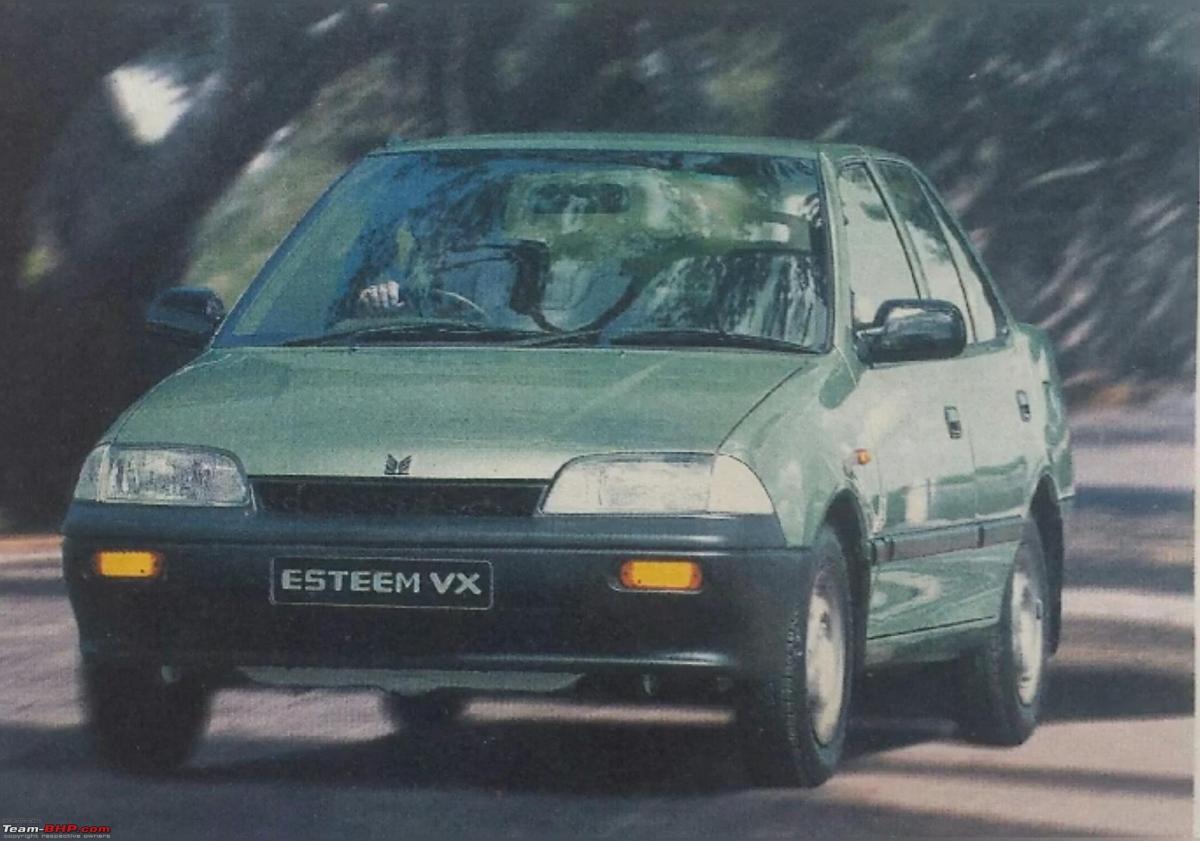
The sheer brand equity of the Maruti Suzuki brand name propelled the sales of the car and suddenly there were Esteems all over the place! At one point, only the rich could afford an Esteem, but today, if you've got just enough money to put down on an iPhone 13 Pro, this sedan can be yours for as little as ₹ 1,00,000 for a mint-condition MPFI car. With a hefty 84bhp wrapped in a lightweight shell, the Esteem MPFI was a rocket no less. The car was a tuner's favourite also in the late-nineties and if someone was looking at a good base car to start building a street-machine, or just a commuter saloon with plenty of excitement, an Esteem was the way to go during those days, for sure.
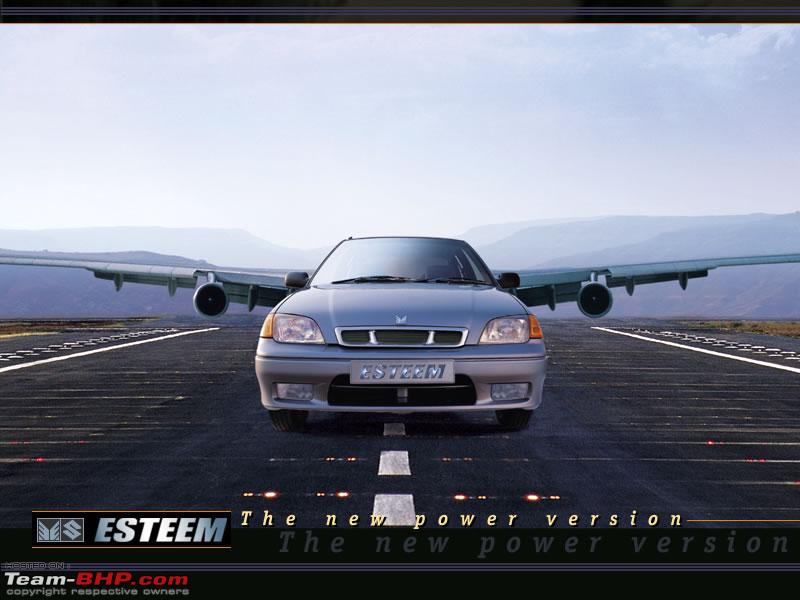
It's been 14 years and a half since the last unit of Esteem rolled out of the production line. Production of the Esteem came to an end by December 2007, and the relevance of the model was almost completely outlawed due to the advent of Swift and Dzire. Yet the 'Esteem' remains as one of the most respected nameplates in India's automotive history. Time passes like a flash, and I believe it's now time to look back at the story of the brand in India, that too in a very detailed manner. So, let's embark upon the journey of Esteem in a series of posts. This thread contains some of the brochures, unseen advertisements and photos of the Esteem/1000 from the bygone era.
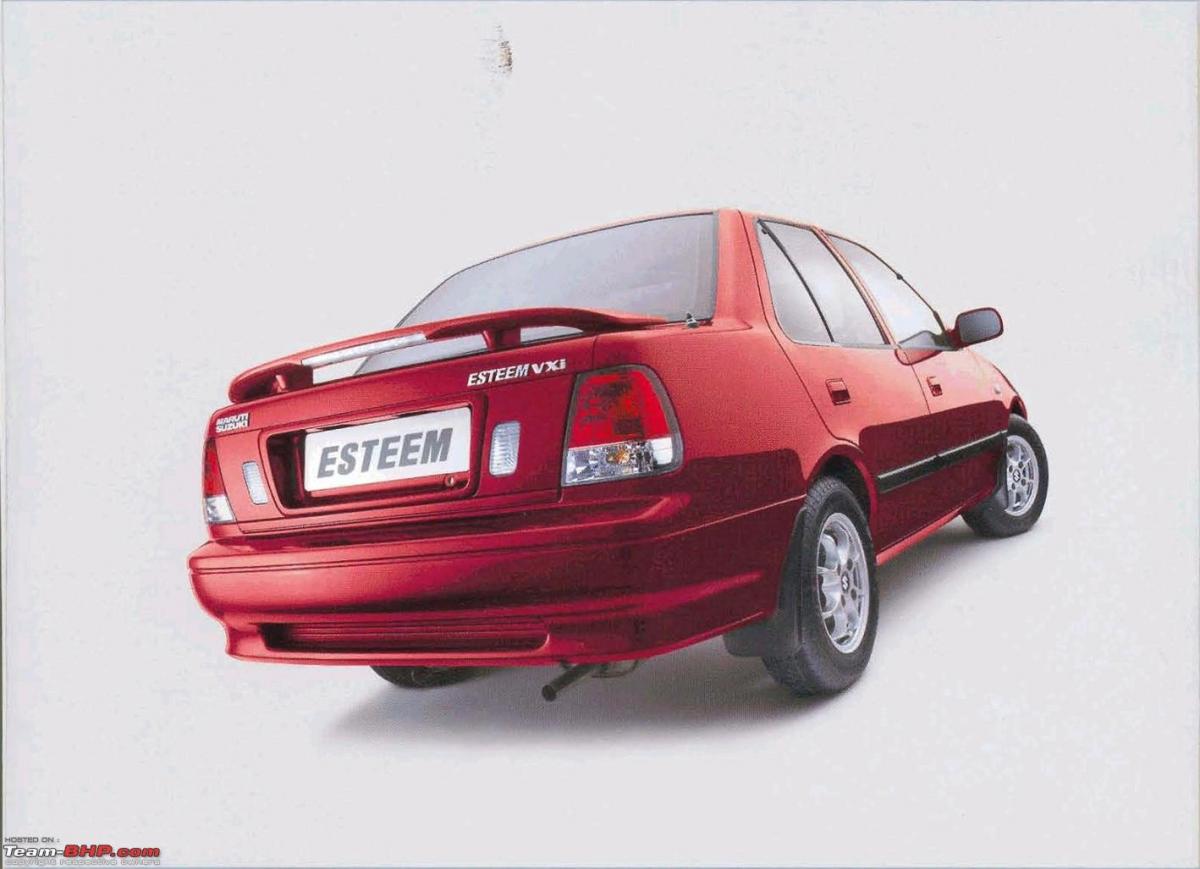
Also, I would like to thank the following websites and groups for sharing those unseen treasure of images, magazine articles and advertisements:
- www.indiacontent.in
- www.timescontent.com
- www.gettyimages.com
- www.afaqs.com
- Classic Maruti Enthusiasts, Facebook
- Wildfilms India, Youtube
- Addict Car, Twitter
Story Index:
Chapter 2 : Esteem, a car with attitude
Chapter 3 : 1998 Esteem, first facelift
Chapter 4 : Fun-infused Esteem
Chapter 5 : The Aged Workhorse
Chapter 1: Maruti 1000
Back in the early-90s, the Maruti 1000 used to be the status symbol for many families in India. It was actually the first time the nation's largest car maker tried to sell a luxury car in our market. Did it really work? Was it better than the HM Contessa or the Premier 118 NE? Was that just a brand building tool for Maruti Udyog? Or was that a hoax from the company? Hang on. As the dust settles over the launches of more mid-size SUVs in our country, we need to move back in time and ask some simple questions - Where have these good ol' sedans gone now? Have they been scrapped? Or have they been sold in small towns at a cheaper price?
Export-spec Maruti 1000's brochure from early-ninties shared by @addict_car on Twitter:
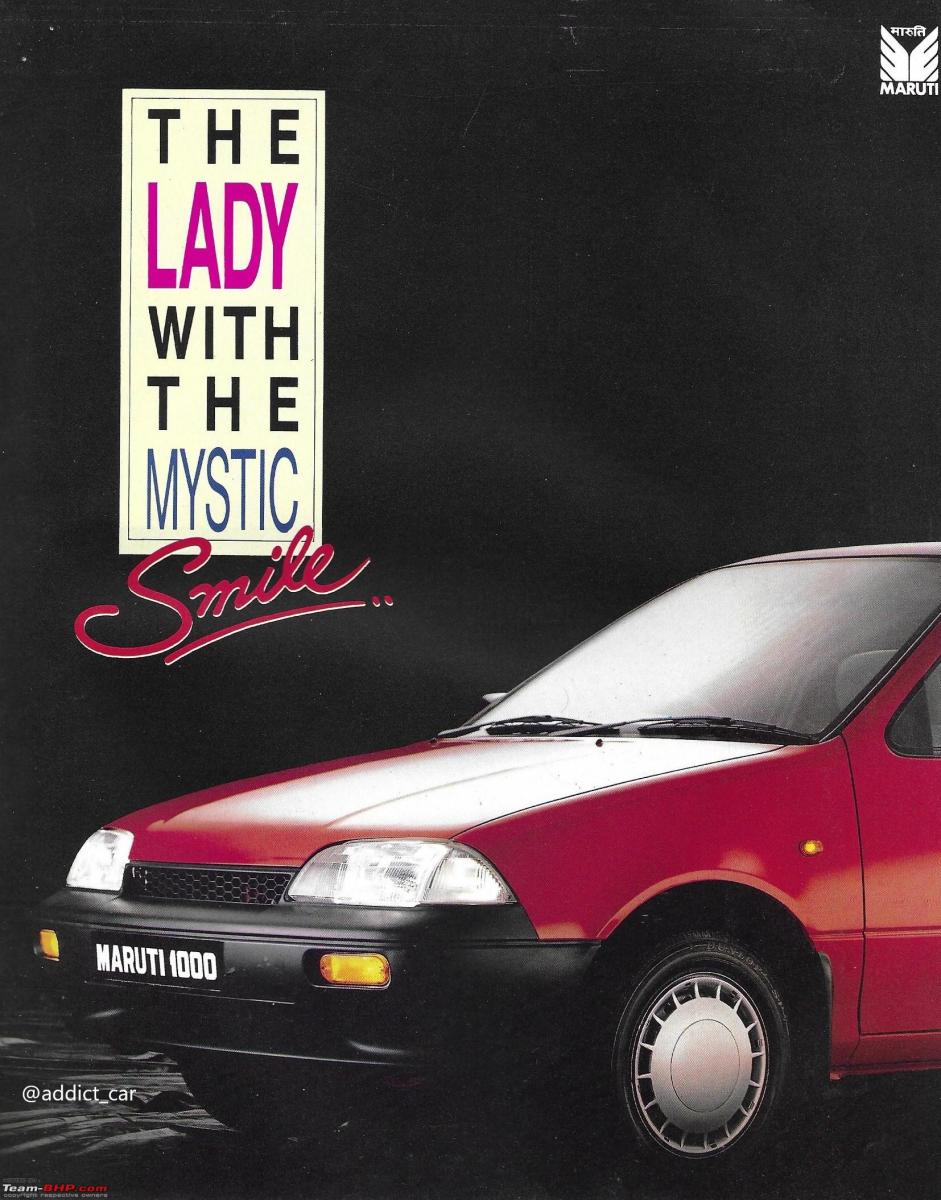
Indian Auto November 1989 issue's cover page featuring a Maruti 1000. Picture was shared on CME group by BHPian anjan_c2007:
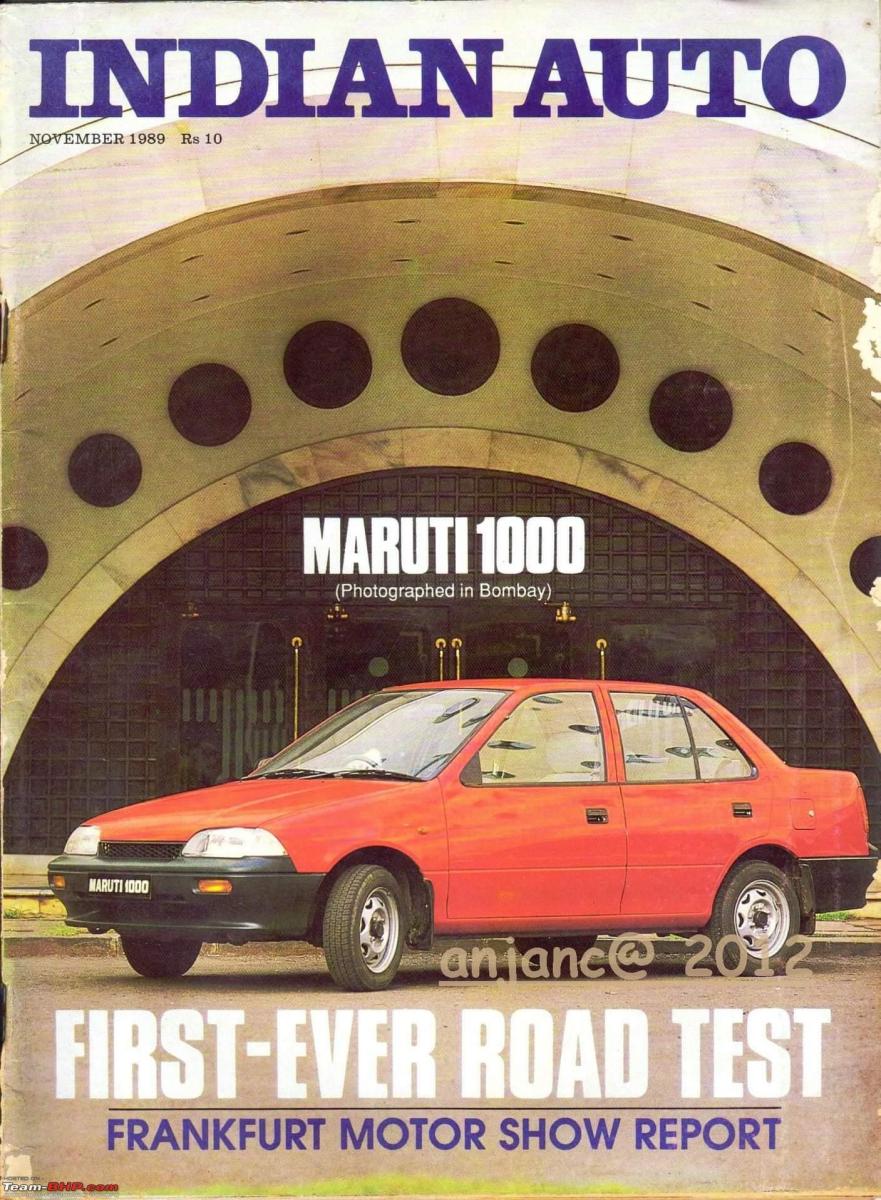
Coming back to the topic. There was nothing wrong with the HM Ambassador too back then, better known as the Amby these days. Yes, there were about a million-odd car owners who chose nothing but a Maruti 1000 as their Ambys passed into old age. Nothing was against the cars like Premier Padmini and Ambassador except for the times. Maruti Udyog used to sell two small cars also at that time, the 800 and the Omni, and the smallest, the 800, made strong economic sense for a country like India. Maruti 800 already had 90 percent local content by late-eighties and the sticker price was among the lowest one could ask for in a four-wheeler anywhere in the world.
Maruti 1000 being compared with HM Contessa and Premier 118NE by Indian Auto in June 1991:
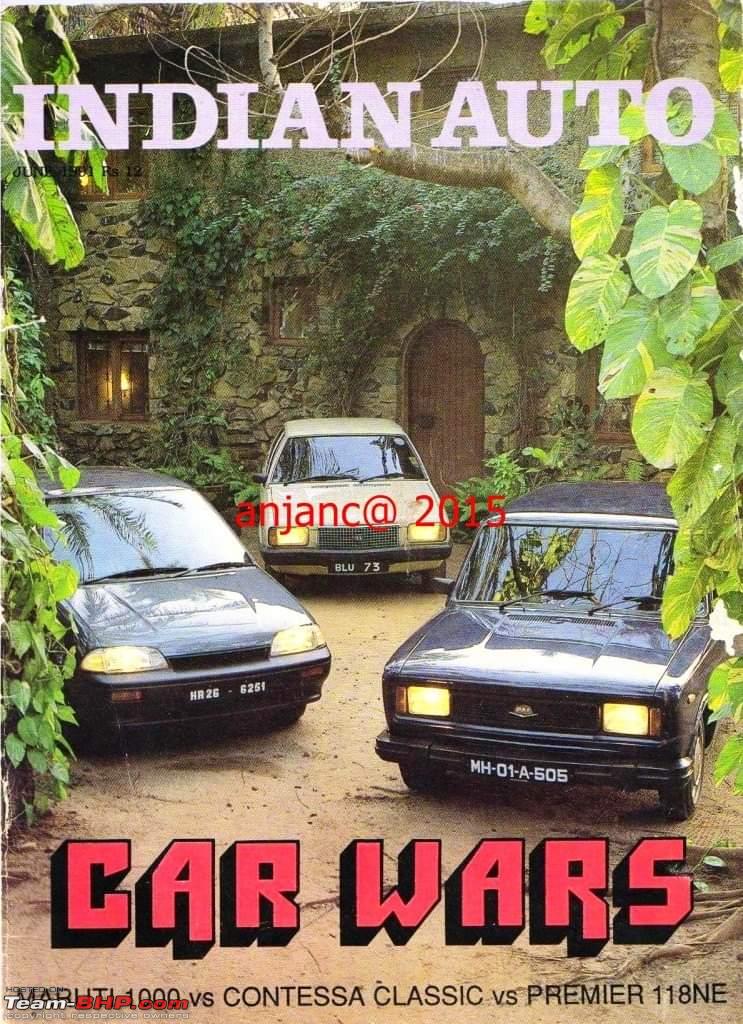
When Maruti hurried the launch of its 1000cc sedan, nobody realised that they were anticipating future events. Maruti 1000 was one of the first contemporary sedan-type cars launched in India. Back in the day, it was the most expensive model in MUL's product range. The sedan was launched in November 1990 in three variants : Standard, AC and GLX, priced at ₹ 3.2lakh, ₹ 3.4lakh and ₹ 3.5lakh ex-showroom respectively. The company had adopted a computerised lottery system to figure out who will own a Maruti 1000. Thereby, it matched the taste of elite class, for whom it was like a status symbol.
R.C. Bhargava, the former CEO of Maruti with a 1000 in 1990. Photo from www.indiacontent.in
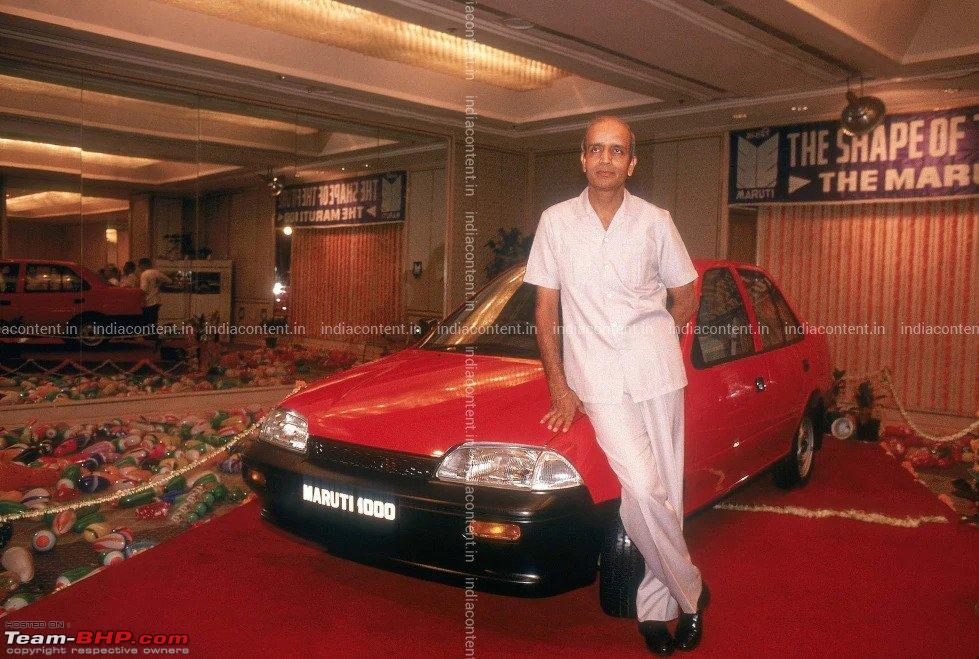
In fact, there were rumours that the IT department was sending queries to all people who had booked a Maruti 1000. Most of the external changes in the 1000, adapted from the the three-box Suzuki Swift, was perceived as cosmetic at first sight, but the truth was that there was a purpose behind every changed curve. Spacious grey interiors of 1000 had moquette seats which added to the looks of cabin. Equipments like fabric upholstery, floor carpets, lockable fuel lid, trunk room lamp and air-con were incorporated in this car. Superior White, St.Germain Red, Blue and Silver were the exterior body colour options offered initially. At the heart of Maruti 1000 lied a 1.0-litre carburetted petrol engine that churned out 46bhp at 5500rpm and 71Nm at 3500rpm, mated with a 5-Speed manual gearbox. This engine was such a weakling for this car due to its weight measuring in 825 kg.
Maruti 1000's picture infront of Rashtrapati Bhavan from www.indiacontent.in:
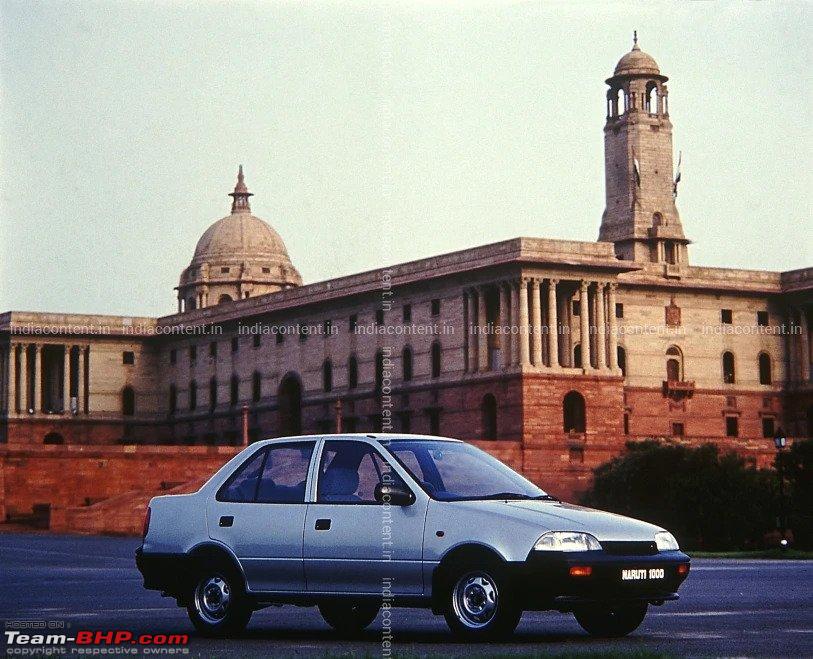
996cc engine was a bit underpowered particularly with the AC switched on:

One major drawback that drivers encountered while manoeuvring the Maruti 1000 was the drop in its pick-up with air conditioning switched on. On the other side, this sedan was good on fuel consumption. The car was actually perfect for those people who needed a cheap-to-run, easy-to-maintain petrol saloon. While the power was just adequate to provide a decent driving experience, it was a completely different story with the air-conditioner switched on when the engine felt positively underpowered. The addition of aftermarket free-flow exhaust kits noticeably improved power and driveability.
Ambience inside 1000's cabin was similar to that of an imported car back in the day. Here's a picture from the interior of BHPian mole's 1000:

Rear view of the Maruti 1000 showing its high boot line. Picture from Indian Auto's November 1989 issue. Courtesy : anjan_c2007:

The 1000 had an independent suspension setup at all four corners. The car used MacPherson strut units at the front and coil spring damper units in the back. 1000’s front suspension with its lower A-arm setup worked very well. The rear suspension, which employed a lower arm and strut also performed well. Body construction in the 1000 was all-steel monocoque. The metal under the wiper spindle was prone to corrode due to collection of leaves and debris. Absorption of water and retention of moisture led to corrosion of the area in most cars. The engine suffered from having to ignite the fuel-air mixture by means of a contact-breaker point system. This required constant attention to correct the breaker gap for achieving an optimum spark.
Assembly line picture of the Maruti 1000 from August 1992. Shared by BHPian anjan_c2007 on CME Facebook group:

Continue reading on the Maruti Esteem's legacy in India for BHPian comments, insights and more information.



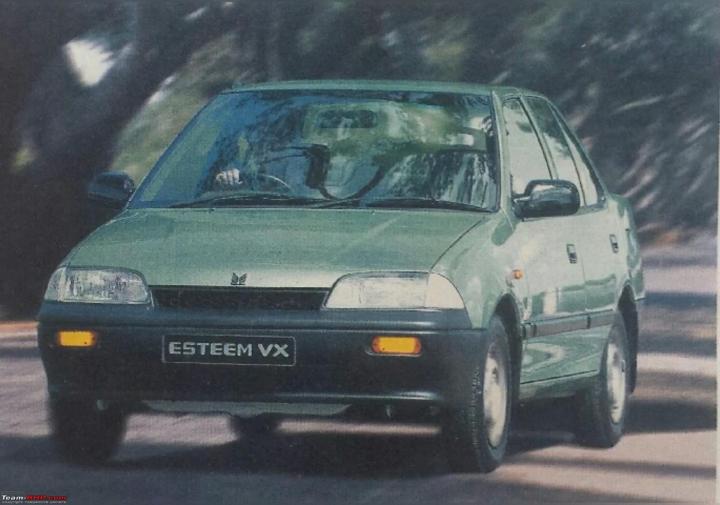













_0.png)




